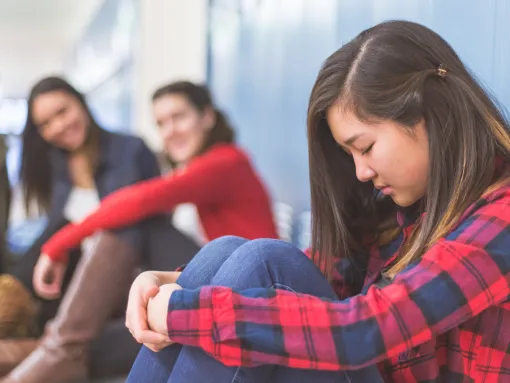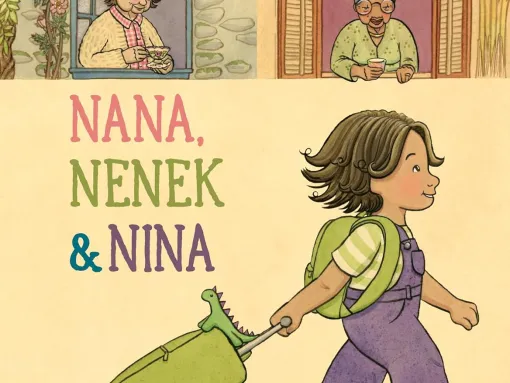
Teach students about strategies for responding to and challenging bias in school, in particular when they are the target.
420 Results









Ages:4-8


Ages:3-7

Ages:4-8

Ages:6-9

Ages:4-8




